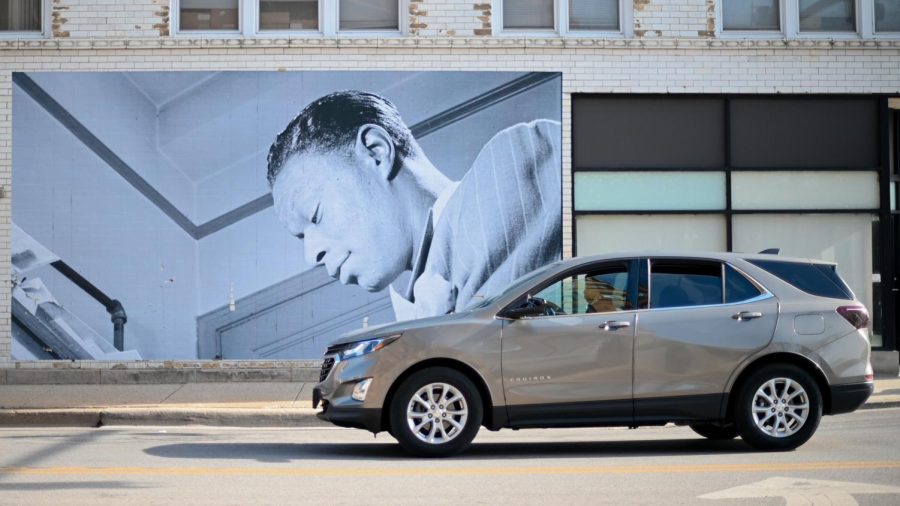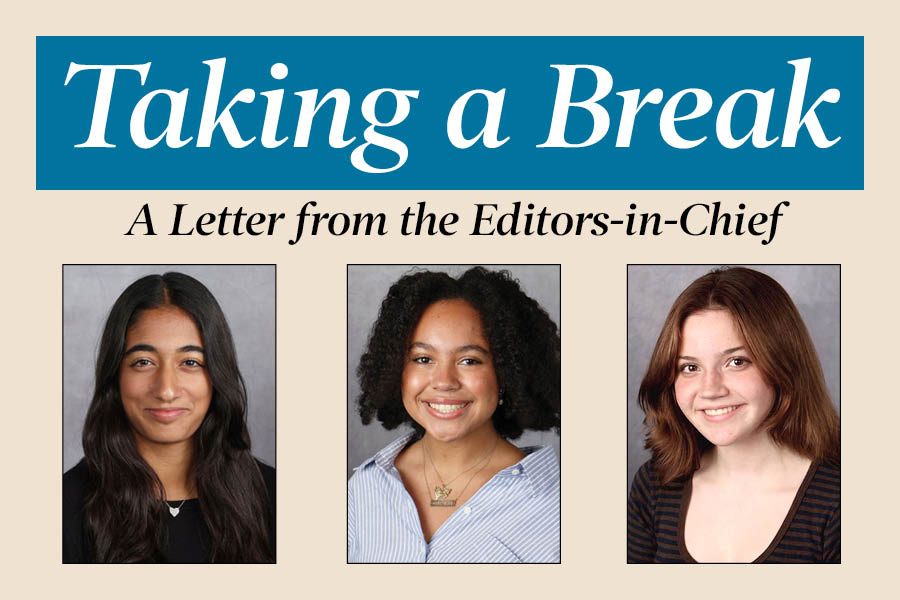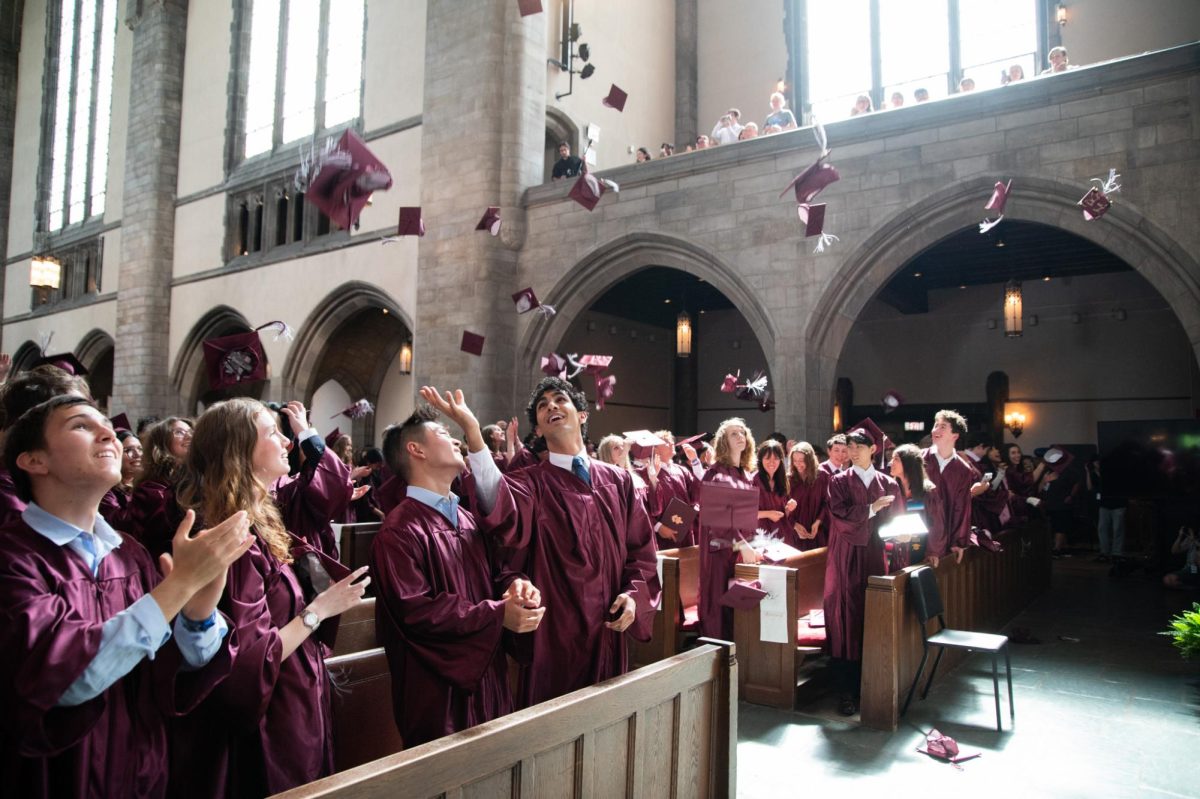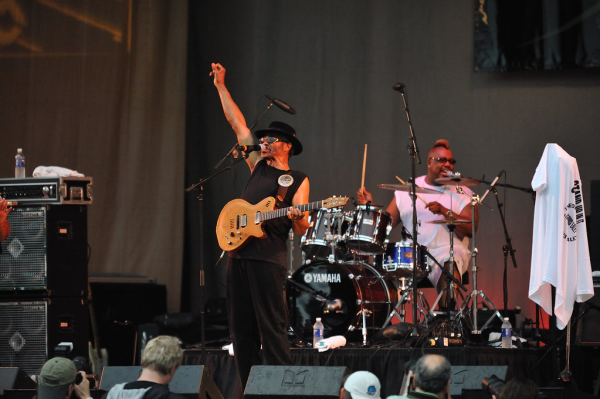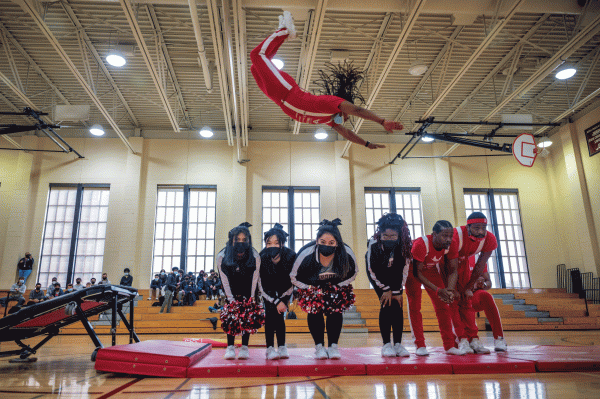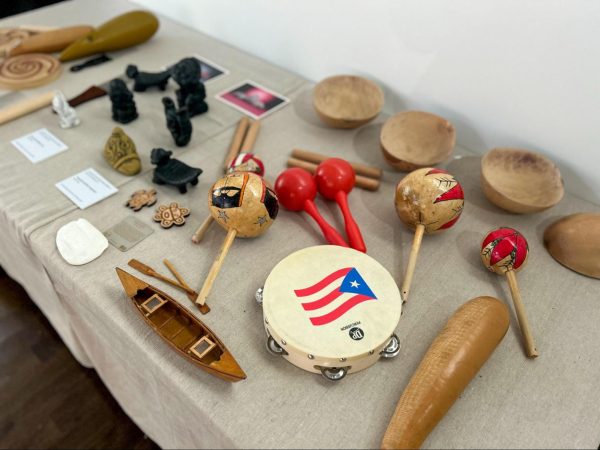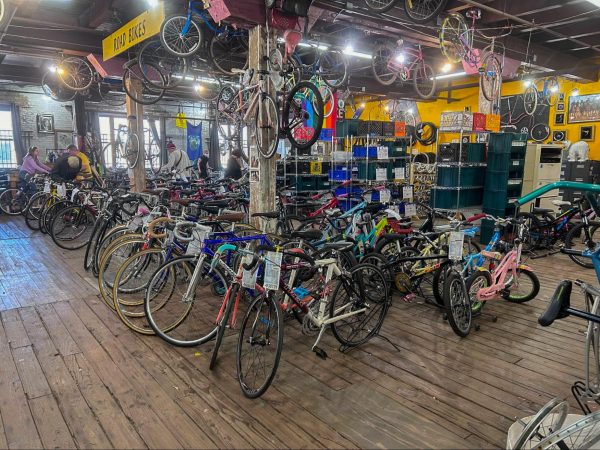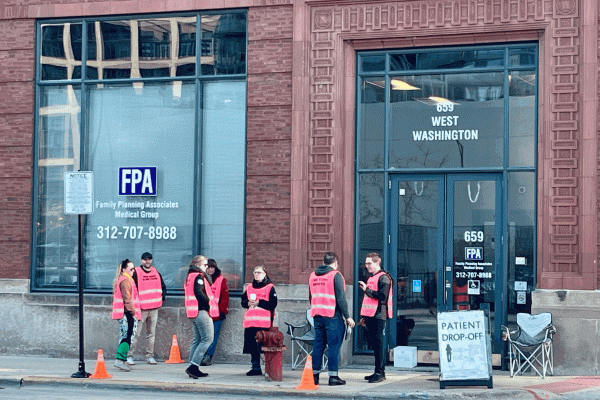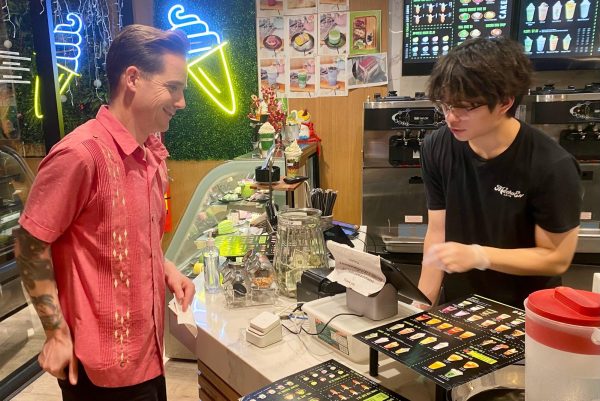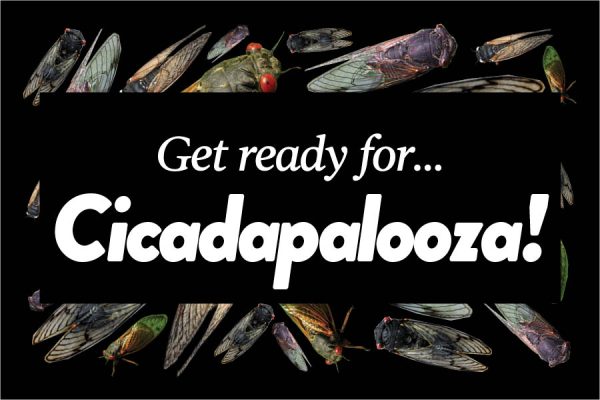Artist raises $2,000 to restore Bronzeville mural
The Nat King Cole mural, a significant part of the Bronzeville neighborhood, was recently the subject of a fundraising campaign for much-needed repairs.
April 19, 2023
Every mural begins and ends in the community. Wheat paste, used like paper-mâché, covers the brick facade of the T.K. Lawless Building on 43rd Street and Martin Luther King Jr. Drive, outlining Nat King Cole’s face. The black-and-white film gives the mural a historic appearance, contrasting the vibrant cartoonish style used in most street art.
Since 2014, the Nat King Cole mural has been a meaningful part of the Bronzeville neighborhood. The artist, Chris Devins, an urban planner who has created over 20 murals across Chicagoland, centers his work on positive statements about the community. Even when things could be better, Mr. Devins is committed to combating negative perceptions about any neighborhood he works in.
The Nat King Cole mural needs restoration, so Mr. Devins launched an effort on GoFundMe. He contributed $1,000 of his own money and raised more than $2,000 with contributions from the community and the support of city officials. The mural will be renovated to like-new condition. Mr. Devins is hoping to plan a community event celebrating the mural.
“One of the purposes of the fundraiser wasn’t simply to raise money, because there’s support from top down” Mr. Devins said. “For me, the GoFundMe is a measure of the community’s involvement and interest in restoring the mural.”
The Nat King Cole mural was a part of the Bronzeville Legends Initiative, a campaign to highlight Bronzeville’s historical legacy. Mr. Devins’ major goals for the program included arts and cultural awareness, education, community pride, inspiration and improved safety perception, which will hopefully draw new visitors to the area.
Instead of being a stand-alone installation, Mr. Devins designed the mural with the community in mind, examining the intersection of Black faces and places. He describes his work as a walk down memory lane, a tour through Bronzeville’s photo album. It provides the community with a sense of pride and purpose.
“Most murals are stand-alone. This mural works in concert with other murals in the neighborhood,” Mr. Devins said.
Mr. Devins describes the effect of murals on the Bronzeville neighborhood as memory walls. He hopes that residents will see the interconnectedness of the murals.
“It starts to dawn on you that these murals are a part of our collective memory,” Mr. Devins said, “What makes a community is a collective memory.”
Mr. Devins believes his success as an artist comes from talking with members of the community. Before he begins any work, he spends a year touring the neighborhood and speaking with residences. After, he holds a vote on the subject of the mural.
“From a technical urban planning point of view, these murals serve the function of highlighting the identity of the area and calling attention to the historical legacy Bronzeville has,” Mr. Devins said.
Mr. Devins wants to develop Bronzeville into a center for African American arts, culture and entertainment, similar to what a Chicago resident would see in Greektown or Chinatown.
“African Americans contribute a lot to American culture,” he said, “but everywhere you go throughout the United States, you’re mostly confronted with two things: the nice African American neighborhood, where people go to work and live downtown, or you have areas of blight, like on the South Side.”
Not every mural focuses on the historic identity of the neighborhood, but Mr. Devins saw an opportunity to revive some of the lost culture of Bronzeville through his murals, a form of public art.
“Public art is the democratic side of art. Without having to be intimidated by going into a gallery, which you may or may not feel comfortable with, public art is art that’s on display for everyone,” Mr Devins said. “It’s for all to enjoy of any background, and you don’t have to be wealthy or have to have a certain educational attainment level. It’s art for everybody.”



